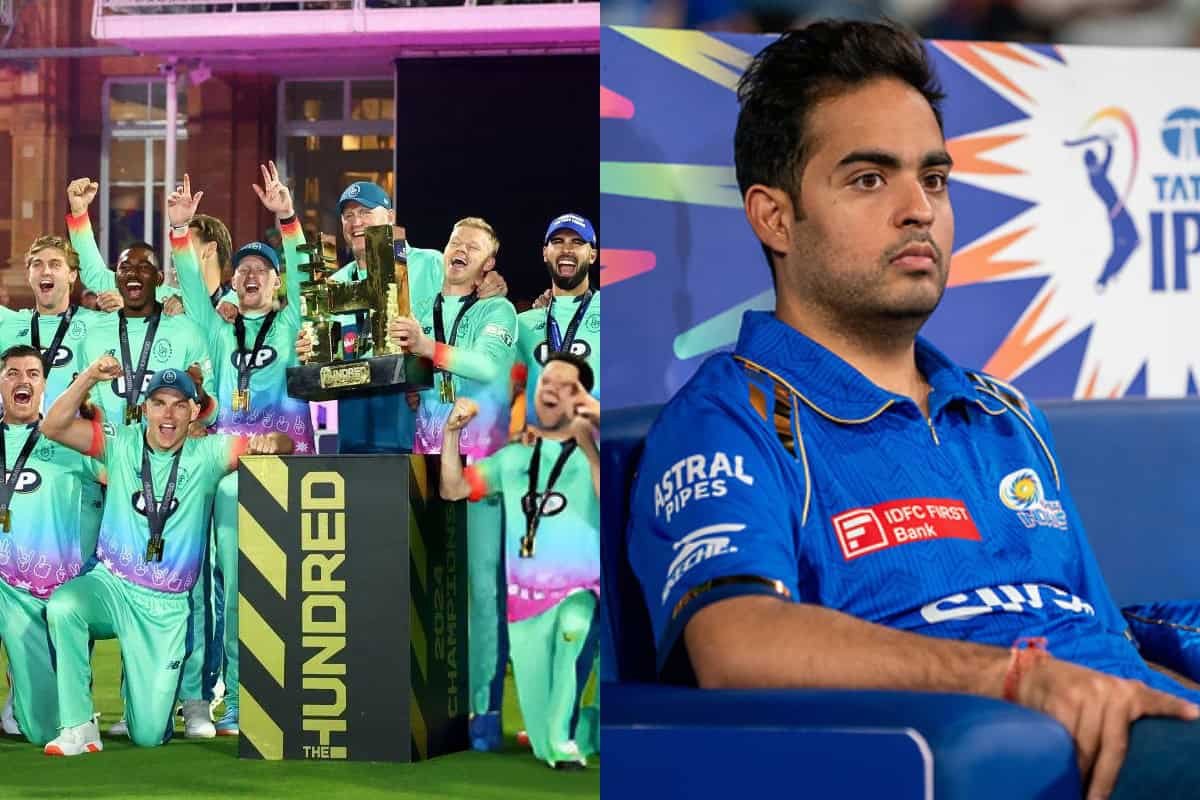World’s First Kangaroo Embryos Created via IVF: A Breakthrough in Conservation
Introduction to the Breakthrough
In a groundbreaking achievement, scientists have successfully created the world’s first kangaroo embryos using in vitro fertilization (IVF). This milestone marks a significant step forward in reproductive technology and wildlife conservation. The research, conducted by a team of Australian scientists, aims to address the declining population of kangaroos and other marsupials due to habitat loss, climate change, and human activities.
The Science Behind IVF in Kangaroos
IVF, a well-established technique in humans and domestic animals, involves fertilizing an egg with sperm outside the body in a laboratory setting. However, applying this technique to kangaroos posed unique challenges due to their reproductive biology. Unlike placental mammals, kangaroos have a short gestation period and give birth to underdeveloped joeys, which then develop in the mother’s pouch. The scientists had to adapt the IVF process to suit these unique marsupial characteristics.
Implications for Wildlife Conservation
The successful creation of kangaroo embryos via IVF opens new avenues for conserving endangered marsupial species. With many kangaroo species facing threats from habitat destruction and climate change, this technology could help repopulate dwindling species. Additionally, it provides a framework for applying IVF to other endangered marsupials, such as the Tasmanian devil or koala, which are also at risk of extinction.
Future Prospects and Challenges
While this achievement is a significant leap forward, there are still challenges to overcome. The next step is to implant these IVF embryos into surrogate kangaroo mothers to ensure successful pregnancies and births. Researchers are also exploring the potential of using frozen embryos to preserve genetic diversity in marsupial populations.

Why This News is Important
A Milestone in Reproductive Science
The creation of kangaroo embryos via IVF is a landmark achievement in reproductive science. It demonstrates the potential of adapting human and domestic animal technologies to wildlife, paving the way for innovative conservation strategies.
Addressing Biodiversity Loss
This breakthrough is crucial for addressing the global biodiversity crisis. With many marsupial species on the brink of extinction, IVF technology offers a lifeline for preserving genetic diversity and repopulating endangered species.
Relevance to Government Exams
For students preparing for government exams, this news highlights the intersection of science, technology, and environmental conservation. It underscores the importance of innovative solutions to global challenges, a topic often covered in exams for civil services, forestry, and environmental sciences.
Global Significance
The success of this research has global implications, as it sets a precedent for using advanced reproductive technologies in wildlife conservation. It also emphasizes the role of scientific research in addressing pressing environmental issues.
Historical Context
The Evolution of IVF Technology
IVF technology was first successfully used in humans in 1978, leading to the birth of Louise Brown, the world’s first “test-tube baby.” Since then, IVF has been widely adopted for human fertility treatments and in breeding programs for domestic animals. However, its application to wildlife, particularly marsupials, has been limited due to their unique reproductive systems.
Conservation Efforts for Marsupials
Marsupials, such as kangaroos, koalas, and Tasmanian devils, have faced significant population declines due to habitat destruction, disease, and climate change. Traditional conservation methods, such as habitat protection and breeding programs, have had limited success. The development of IVF for marsupials represents a new frontier in conservation biology.
Previous Attempts and Challenges
Earlier attempts to apply IVF to marsupials were hindered by the lack of understanding of their reproductive biology. The recent success with kangaroo embryos is the result of decades of research and technological advancements.
Key Takeaways from This News
| S.No. | Key Takeaway |
|---|---|
| 1 | World’s first kangaroo embryos created using IVF, a breakthrough in conservation. |
| 2 | IVF adapted for marsupials, overcoming unique reproductive challenges. |
| 3 | Potential to conserve endangered marsupial species like koalas and Tasmanian devils. |
| 4 | Next step: Implanting IVF embryos into surrogate kangaroo mothers. |
| 5 | Highlights the role of science and technology in addressing biodiversity loss. |
Important FAQs for Students from this News
- What is IVF, and how does it work?
IVF (In Vitro Fertilization) is a reproductive technology where an egg is fertilized by sperm outside the body in a laboratory. The resulting embryo is then implanted into a surrogate mother’s womb. - Why is IVF significant for kangaroos and other marsupials?
IVF is significant because it offers a new method to conserve endangered marsupial species, such as kangaroos, koalas, and Tasmanian devils, by preserving genetic diversity and increasing population numbers. - What challenges did scientists face in applying IVF to kangaroos?
Kangaroos have a unique reproductive system, including a short gestation period and underdeveloped joeys that develop in the mother’s pouch. Adapting IVF to these characteristics was a major challenge. - How does this breakthrough help in wildlife conservation?
This breakthrough provides a tool to repopulate endangered species, preserve genetic diversity, and combat biodiversity loss caused by habitat destruction, climate change, and human activities. - What are the next steps after creating kangaroo embryos via IVF?
The next step is to implant these embryos into surrogate kangaroo mothers to ensure successful pregnancies and births. Researchers are also exploring the use of frozen embryos for long-term conservation.
Some Important Current Affairs Links















